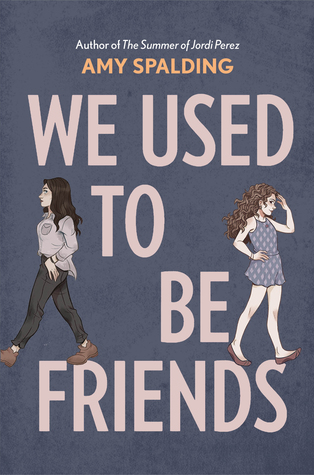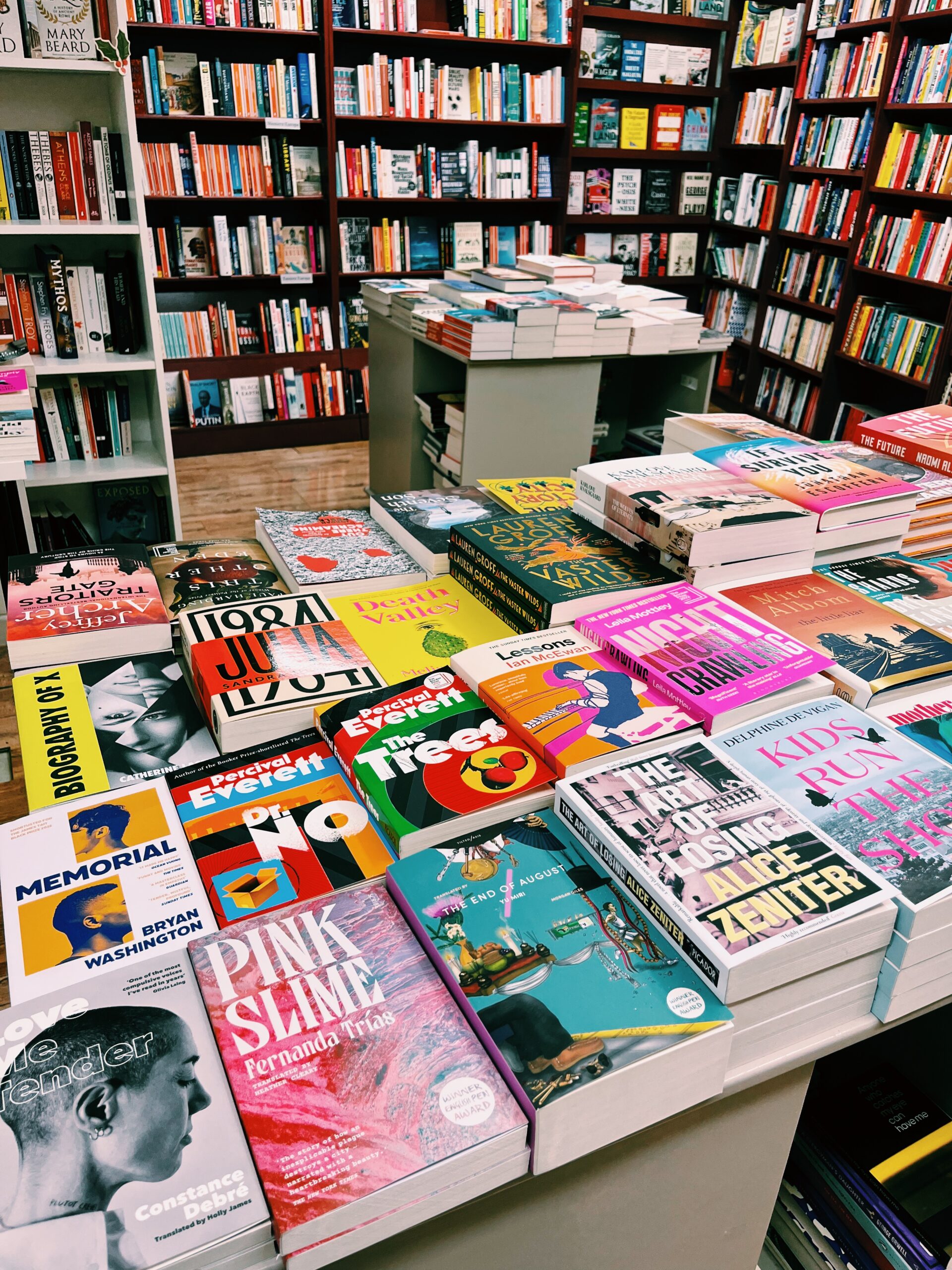
title: We Used to Be Friends
Goodreads | The Storygraph | BookHype
author: Amy Spalding
buy from your local indie or my Bookshop affiliate link
publishing: January 7th 2020 by Amulet
format: hardcover
source: library
genre: YA; contemporary; romance-subplot
Told in dual timelines—half of the chapters moving forward in time and half moving backward—We Used to Be Friends explores the most traumatic breakup of all: that of childhood besties. At the start of their senior year in high school, James (a girl with a boy’s name) and Kat are inseparable, but by graduation, they’re no longer friends. James prepares to head off to college as she reflects on the dissolution of her friendship with Kat while, in alternating chapters, Kat thinks about being newly in love with her first girlfriend and having a future that feels wide open. Over the course of senior year, Kat wants nothing more than James to continue to be her steady rock, as James worries that everything she believes about love and her future is a lie when her high-school sweetheart parents announce they’re getting a divorce. Funny, honest, and full of heart, We Used to Be Friends tells of the pains of growing up and growing apart.
I’m not sure what drew me to this contemporary YA, but this summer I got adventurous with my library checkouts and this one came home. We Used to Be Friends is written from two perspectives with timelines that go in different directions–that sounds a little confusing, and in practice it was sometimes confusing to follow as well. Basically James’s perspective is told backwards–at the start of the novel she is reflecting back on their senior year and by the end of it we read about how she felt at the beginning, whilst Kat’s perspective does the opposite: it starts at the beginning of their senior year and ends on the end. As difficult as this was to follow at times, I ultimately found the style extremely rewarding. This rhetorical strategy enabled Scalding to explore the same experiences not only from different perspectives but also from different points in time. Honestly, it reminds me a bit of Catch-22 stylistically.
I lied before. I know exactly what drew me to this YA: it’s about a friendship breakup. On page three Scalding writes “it was easy to believe that romance was the only heartache out there” and oof. That one hit hard. As someone in their early twenties friendship breakups are something that is still fairly new to me, but the transition from high school to college certainly instigated them in my life and for those I know. I think that this book and the way it approached a friendship breakup with nuance and tenderness (rather than drama and rekclenssness) convinced me how important this book is for young womxn in particular. Womxn are so conditioned in society to be social, but friendship breakups are natural and I loved how Scalding portrayed both James and Kat’s “side”–the reader understands quickly that both no one is to blame and that no one is blameless. Though at times James felt a touch more like the protagonist–I honestly think this has farmer to do with her stronger personality and how much I personally reacted to her directness. All that aside James’s lack of communication skills definetly became grating at times. But… confrontation can be difficult for many people, and watching these dynamics play out with fictional characters is certainly more low stakes than in RL. In the same way, I also know a ton of people like Kat…who live in a much less stressful world than I do. Sometimes her obvliciousness was killer to read, but ultimately part of why Kat and James together frustrated me was because they reminded me so much of myself + my friends when we were younger. It’s easy to be critical once you’re on the other side, but I think that Scalding has poignantly captured the teenage experience.
More on that–Scalding wrote some of the most spot on dialogue that it was sometimes painful to read how the breakdown of the friendship landed…but all together it was so smartly written. James + Kat’s miscommunication and misunderstanding of each other is tantamount and classic to friends who have outgrown each other. Scalding has written a gritty contemporary YA; she doesn’t shy away from the college process (which she nails, and even includes schools other than NYU), conversations about socio-economic status, the familiar Gen-Z existentialism brought on my the climate crisis, and she even writes in parental relationships and dynamics that clearly show the tensions regarding leaving the “nest”.
All in all, Scalding has written a nuanced, spunky YA that is addicting to read. Both James and Kat are super flawed protagonists that felt like real teenage girls–push through the difficult-at-times narrative structure because the thematic messages and portrayal of the unraveling of a friendship shouldn’t be missed.



